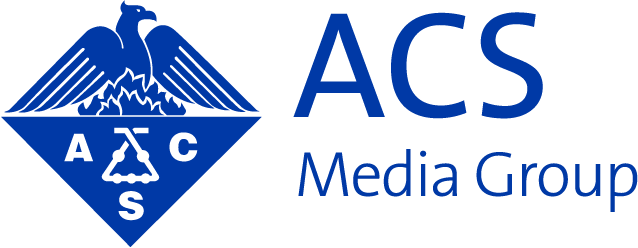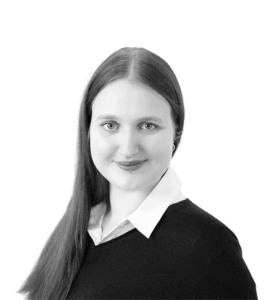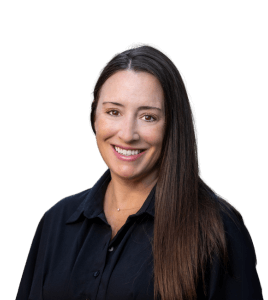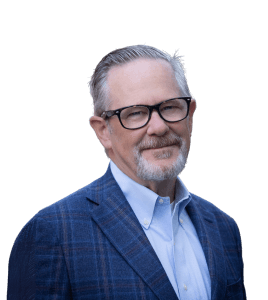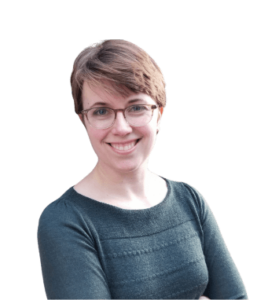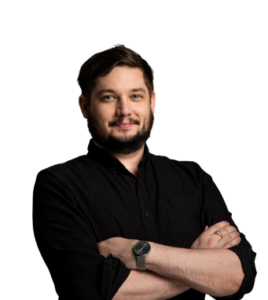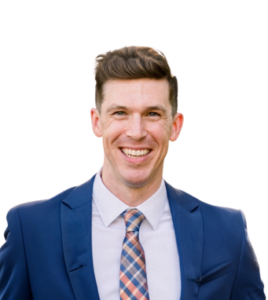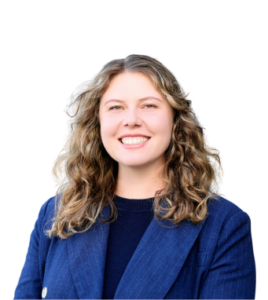Nick Oswald knows a thing or two about content marketing. Almost ten years ago, he founded BitesizeBio, an online magazine and community for molecular and cell biology researchers. He has since become an expert on the sustainable value of quality content. We caught up with him via Skype from his home office in Edinburgh to ask him a few things about content creation for science marketers.
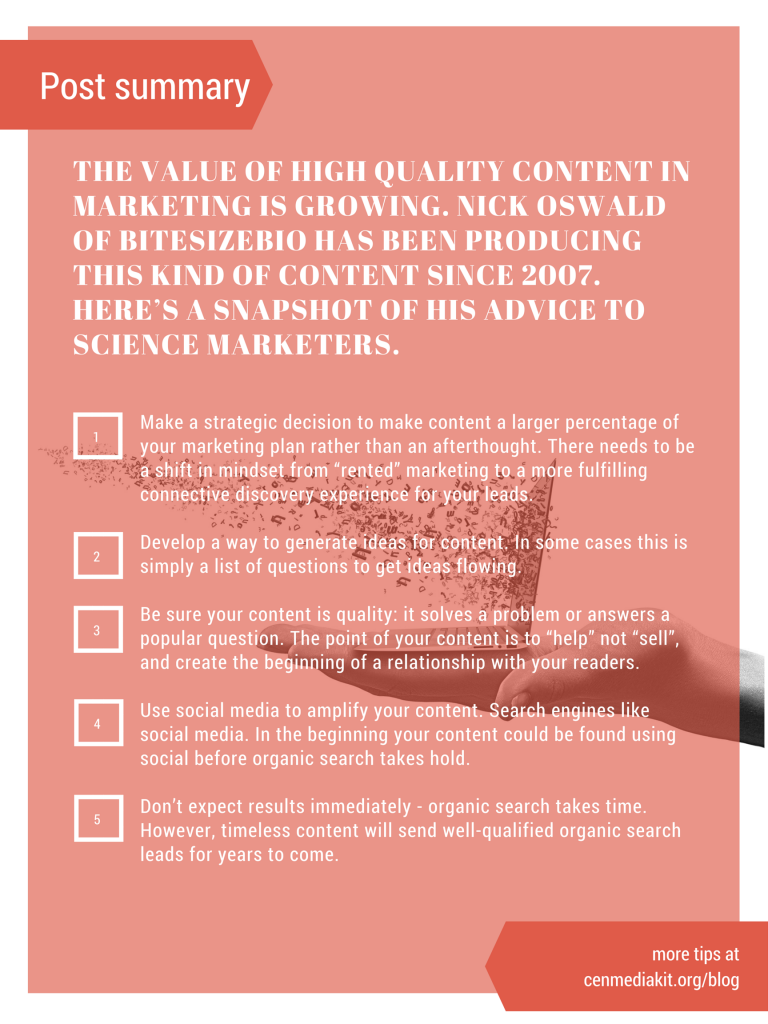
C&EN MG: In science marketing, there’s a growing demand for long-form informational content, which is something you’ve mastered over the course of your career. What advice do you have for the science marketer who wants to start producing more of this kind of content? Where should they start?
“Content creation is a commitment and it has to be a strategic decision,” Nick explains. Content is often still viewed as “nice to have” rather than an actual investment. “Those who will have a competitive advantage in five years are those whose see that content is ‘the thing’ because you’re building a base of assets that will provide exposure year after year.”
Currently, science marketers use tactics that provide some exposure to an audience somewhat aligned with their market but only for a fixed amount of time, such as AdWords, eblasts, and banners. Nick describes this as “renting low quality exposure”. While there is a place for these tactics in the marketing mix, he encourages a shift to make content more of a priority. Right now, content is often the 10% “add-on” to the marketing strategy. He suggests it should be the other way around.
Once you’ve decided to make content a priority, the challenge then becomes generating ideas for content. Most people can come up with about five good pieces before they run out and start using “filler content” – things like news stories or “on this day in history” snippets. What you need is an endless supply of evergreen, valuable pieces that are designed to help people.
C&EN MG: When you started producing online content ten years ago, what kind of information was most important to the scientific community and how has that changed over time?
“It’s actually the same,” Nick says, “Which is a good thing.”
The reason BitesizeBio has worked so well, Nick explained, is simply because it aligns with what was needed both then and now – it is a blog designed to help people in the lab. “I started out simply by sharing my fundamental experiences that helped others move along the curve faster.”
Because these articles are so timeless, he says there are posts from 2007 still getting traction. “I call them ‘forever assets’. People are seeking this information. When you give them the answer, that creates a relationship which is preferable to just pushing someone to your product.” With quality content, you are delivering value to a highly qualified audience.
That’s the fundamental, recurring concept: helping people. To do this effectively, Nick suggests going as wide as possible with your content subjects. This is difficult for marketers to hear, but you’re not just creating content to help sell your widget – you’re looking for ANY way to help. You want basic knowledge articles directed to your targeted demographic that will both provide a solution, as well as exposure to your brand.
C&EN MG: Creating excellent content is time and resource consuming. What advice do you have for small companies to best maximize limited resources?
“Well, there are companies and publications that can help, and admittedly BitesizeBio is one of them!” If you need to do it yourself, he recommends that you separate the writers from the system of idea creation.
It’s important to have a tool for this process. This was something that Bitesize grappled with for years before they finally developed a comprehensive editorial guide. Nick explained this doesn’t have to be a complex document. It can be as simple as a series of questions to help your writers come up with ideas, such as:
- What areas do I feel I could support other chemists in?
- If I were supervising a student or post-doc now, what advice would I give?
- What golden rules, routines, tools or shortcuts do I use that could help others improve or speed up their work?
- What basic knowledge do I have that is difficult to find, not known, or misunderstood by people in the lab?
Other ways to develop content include:
Share as you learn
– Summarize the main points of a new technique that you learned from scratch, or summarize the main points of a useful seminar or book
Find Problems and Solutions
– Scan through online conversations on popular scientific forums such as ResearchGate, r/science or r/chemistry on Reddit, or even Yahoo Answers to get a sense of recurring questions
– Listen to feedback on social sites like Twitter and Facebook for common problems people are facing
– Write succinct articles on the main findings of scientific papers – ones that contain solutions to problems that your audience faces
Interviews
– Interview an influential person from Twitter, the blogosphere, LinkedIn, etc.
– Ask a group of scientists near you what they would like to know, or what they regularly get stuck on
These are just a few examples of how to develop content. The key is putting an “idea generator” in place to help with the process.
C&EN MG: A lot of science marketers struggle to make inroads with millennials. Do you have any advice for connecting with this market segment?
“This is exactly the audience that BitesizeBio attracts – those in grad school and into the first decade of their careers,” explains Nick. This is primarily because that’s when they need the most advice and mentoring. So in essence, content is possibly the best way to cultivate this audience.
C&EN: And what about social media for connecting with millennials?
One of the biggest benefits of social media is the fact that it feeds into organic search, and that’s how you really want to attract your audience. Social provides a digital megaphone for your content, specifically Facebook, Twitter and LinkedIn (Nick notes that LinkedIn provides the most traction for BitesizeBio by far).
C&EN: And finally, are there any mistakes you’ve made that you’d advise other science marketers to avoid?
“The number one mistake you can make in the strategic development of content is to go at it alone. Having only one or two people involved is a recipe for heading toward filler content,” advises Nick.
It’s better to spend your time on something else rather than just creating filler content in order to complete a calendar. Also, avoid the enticement of real time trends and focus on content that’s timeless. These topics will be assets for years to come. Ask yourself, “what past needs are still needs today?” and “what are the holes in my knowledge that I could learn and pass along to others?”
And finally, expecting immediate results will be disappointing, which is one of the fundamental problems with prioritizing a content strategy. It takes time for content to create traction, which is why a long-term production program is a commitment. By nature, content needs to be found, read, linked to and shared, and this is all before search engines start ranking it higher and higher on search engine results pages (SERPs).
However challenging, content is in many ways the “holy grail” of marketing. It can organically attract your coveted target demographic and help facilitate a relationship with them. Content provides inroads with challenging segments such as millennials, and is an evergreen solution to more interruptive impression efforts.
“Yes, this is a major paradigm shift for a lot of marketers,” admits Nick. “But most people [in the science field] aren’t doing this yet, so if you start now, you’ll be ahead of the curve.”
